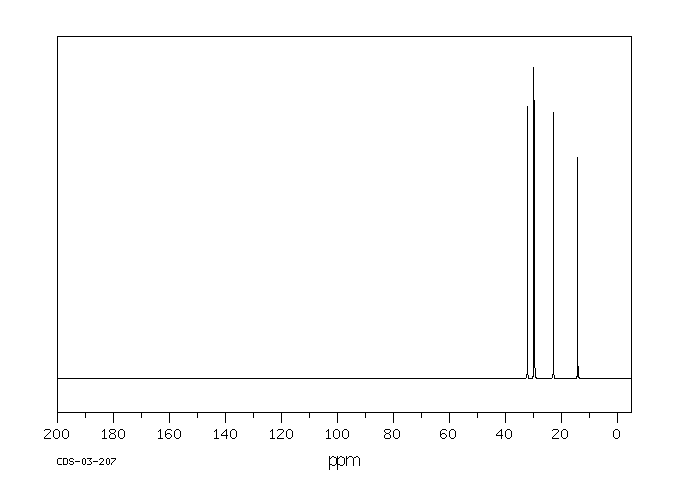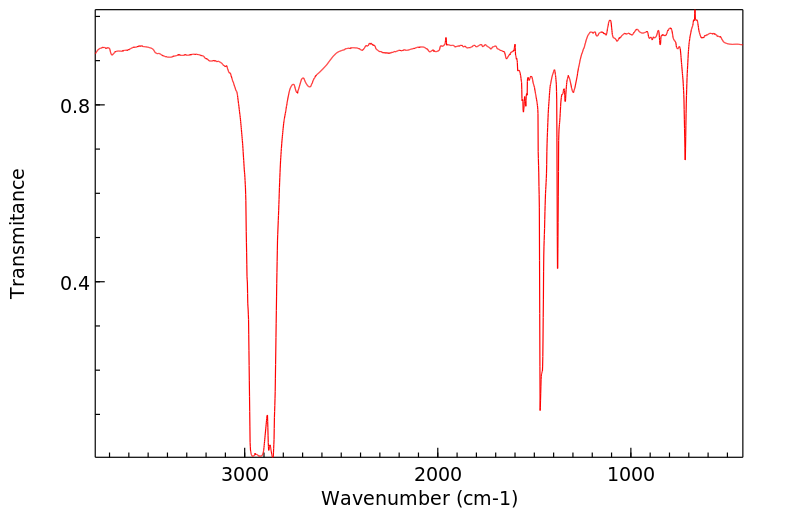代谢
替代燃料正在被考虑用于民用和军事用途。其中之一是S-8,这是一种使用费舍尔-托普施过程合成的替代喷气燃料,它不含芳香化合物,主要由直链和支链烷烃组成。实验室动物中S-8燃料的代谢物尚未被识别。这项研究的目的是识别雄性Fischer 344大鼠暴露于气溶胶化的S-8和设计的直链烷烃/多环芳烃混合物(癸烷、十一烷、十二烷、十三烷、十四烷、十五烷、萘和2-甲基萘)后的代谢产物。收集的血和组织样本被分析,寻找从7到15个碳原子的70种直链和支链醇和酮。在S-8暴露后,血液、肺、大脑和脂肪中没有观察到燃料代谢物。在肝脏、尿液和粪便中检测到了代谢物。大多数代谢物是显著烃类的2-和3-位置醇和酮,1-或4-位置的代谢物非常少。在暴露于烷烃混合物后,血液、肝脏和肺中观察到了代谢物。有趣的是,只有肺组织中观察到了重代谢物(3-十三酮、2-十三醇和2-十四醇),这可能表明代谢发生在肺部。除了这些重代谢物外,本研究观察到的代谢轮廓与先前报告个别烷烃代谢的研究一致。需要进一步的工作来确定母体、初级和次级代谢物的潜在代谢相互作用,并识别更多极性代谢物。一些代谢物可能具有作为燃料暴露生物标志物的潜在用途。
Alternative fuels are being considered for civilian and military uses. One of these is S-8, a replacement jet fuel synthesized using the Fischer-Tropsch process, which contains no aromatic compounds and is mainly composed of straight and branched alkanes. Metabolites of S-8 fuel in laboratory animals have not been identified. The goal of this study was to identify metabolic products from exposure to aerosolized S-8 and a designed straight-chain alkane/polyaromatic mixture (decane, undecane, dodecane, tridecane, tetradecane, pentadecane, naphthalene, and 2-methylnaphthalene) in male Fischer 344 rats. Collected blood and tissue samples were analyzed for 70 straight and branched alcohols and ketones ranging from 7 to 15 carbons. No fuel metabolites were observed in the blood, lungs, brain, and fat following S-8 exposure. Metabolites were detected in the liver, urine, and feces. Most of the metabolites were 2- and 3-position alcohols and ketones of prominent hydrocarbons with very few 1- or 4-position metabolites. Following exposure to the alkane mixture, metabolites were observed in the blood, liver, and lungs. Interestingly, heavy metabolites (3-tridecanone, 2-tridecanol, and 2-tetradecanol) were observed only in the lung tissues possibly indicating that metabolism occurred in the lungs. With the exception of these heavy metabolites, the metabolic profiles observed in this study are consistent with previous studies reporting on the metabolism of individual alkanes. Further work is needed to determine the potential metabolic interactions of parent, primary, and secondary metabolites and identify more polar metabolites. Some metabolites may have potential use as biomarkers of exposure to fuels.
来源:Hazardous Substances Data Bank (HSDB)











